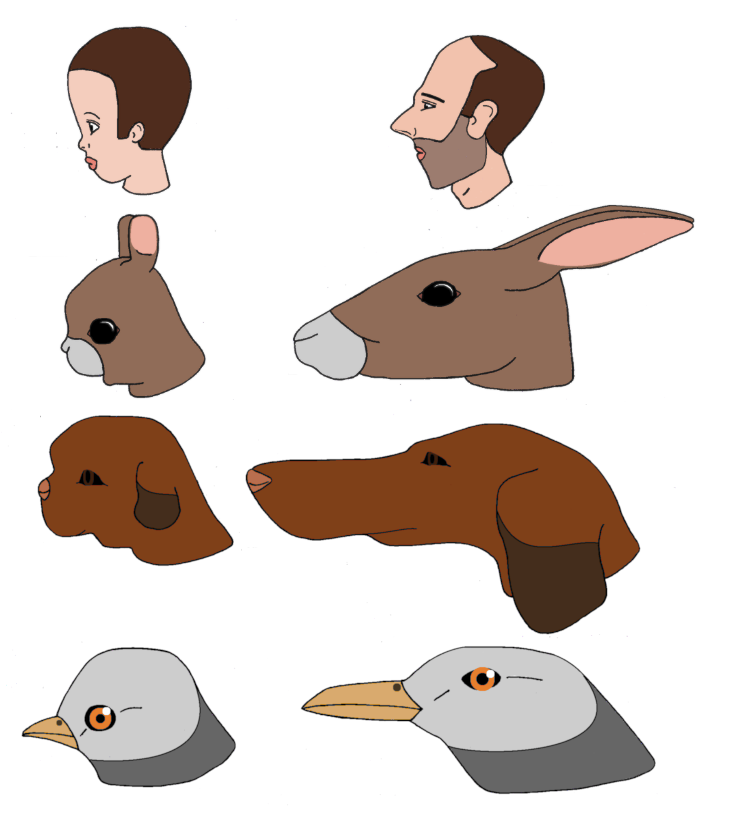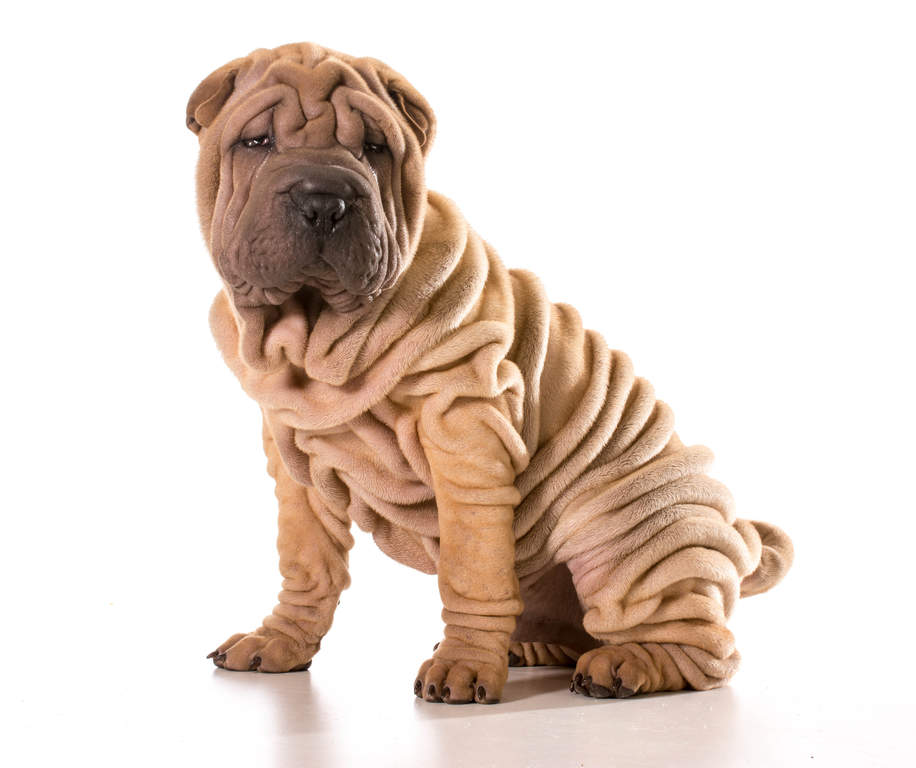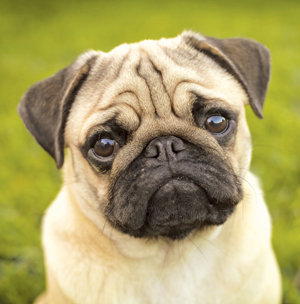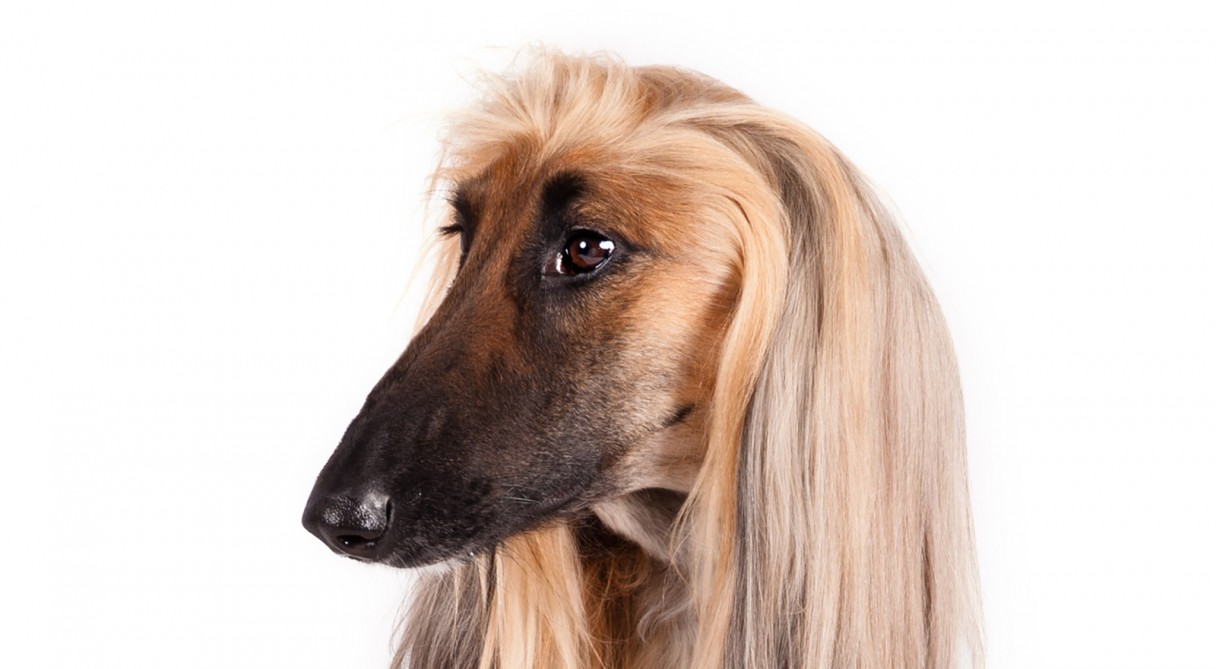Post by eldertree on Jun 7, 2017 11:37:32 GMT
Well there are two models
(1) The breeding of dogs to match level of neoteny (or lack thereof)
(2) The breeding of dogs not fully to completion so there is a mismatch between dog and owner neoteny
"Humans feel affection for animals with juvenile features: large eyes, bulging craniums, retreating chins (left column). Small-eyed, long-snouted animals (right column) do not elicit the same response." —Konrad Lorenz"

So for instance the Chinese Shāpí dog (沙皮; aka "Shar Pei" in English) is very wrinkly but the human was not trying to say the dog needs to match my wrinkles. The human was saying that the head is large and sort of flat to convey EDAR mutation:

Ditto for the Sōngshīquǎn (松狮犬; aka "Chow Chow" in English) and Bāgēquǎn (巴哥犬; aka "Pug" in English) which wants to convey EDAR mutation


Xīshīquǎn (西施犬; aka "Shihtzu" in English): the human was saying it needs to look like it's wearing fabric like my Hanfu here.

Shīzigǒu (狮子狗; aka "Pekingese" in English): the human wants to convey flat face with long fabrics.
NB I am using an older picture because modern Pekingese look deformed thanks to Westerners who deliberately bred it for a retarded appearance to make it ~different~ from similar looking dogs.

Japanese Chin (狆): the breeder took inspiration from the Pekingese and other EDAR-mutated like dogs so followed suit it the flattening of the face:

The Afghan hound and other Borzoi like dogs has a very long snout. This is to make it more relatable to Afghans and Caucasian people who have long non-EDAR snouts. This is not cute and loveable though. It was bred to have a long snout to make it easier to bond with the population that bred it who likes things that are not cute. They have no sense of cuteness.


(1) The breeding of dogs to match level of neoteny (or lack thereof)
(2) The breeding of dogs not fully to completion so there is a mismatch between dog and owner neoteny
"Humans feel affection for animals with juvenile features: large eyes, bulging craniums, retreating chins (left column). Small-eyed, long-snouted animals (right column) do not elicit the same response." —Konrad Lorenz"

So for instance the Chinese Shāpí dog (沙皮; aka "Shar Pei" in English) is very wrinkly but the human was not trying to say the dog needs to match my wrinkles. The human was saying that the head is large and sort of flat to convey EDAR mutation:

Ditto for the Sōngshīquǎn (松狮犬; aka "Chow Chow" in English) and Bāgēquǎn (巴哥犬; aka "Pug" in English) which wants to convey EDAR mutation


Xīshīquǎn (西施犬; aka "Shihtzu" in English): the human was saying it needs to look like it's wearing fabric like my Hanfu here.

Shīzigǒu (狮子狗; aka "Pekingese" in English): the human wants to convey flat face with long fabrics.
NB I am using an older picture because modern Pekingese look deformed thanks to Westerners who deliberately bred it for a retarded appearance to make it ~different~ from similar looking dogs.

Japanese Chin (狆): the breeder took inspiration from the Pekingese and other EDAR-mutated like dogs so followed suit it the flattening of the face:

The Afghan hound and other Borzoi like dogs has a very long snout. This is to make it more relatable to Afghans and Caucasian people who have long non-EDAR snouts. This is not cute and loveable though. It was bred to have a long snout to make it easier to bond with the population that bred it who likes things that are not cute. They have no sense of cuteness.









